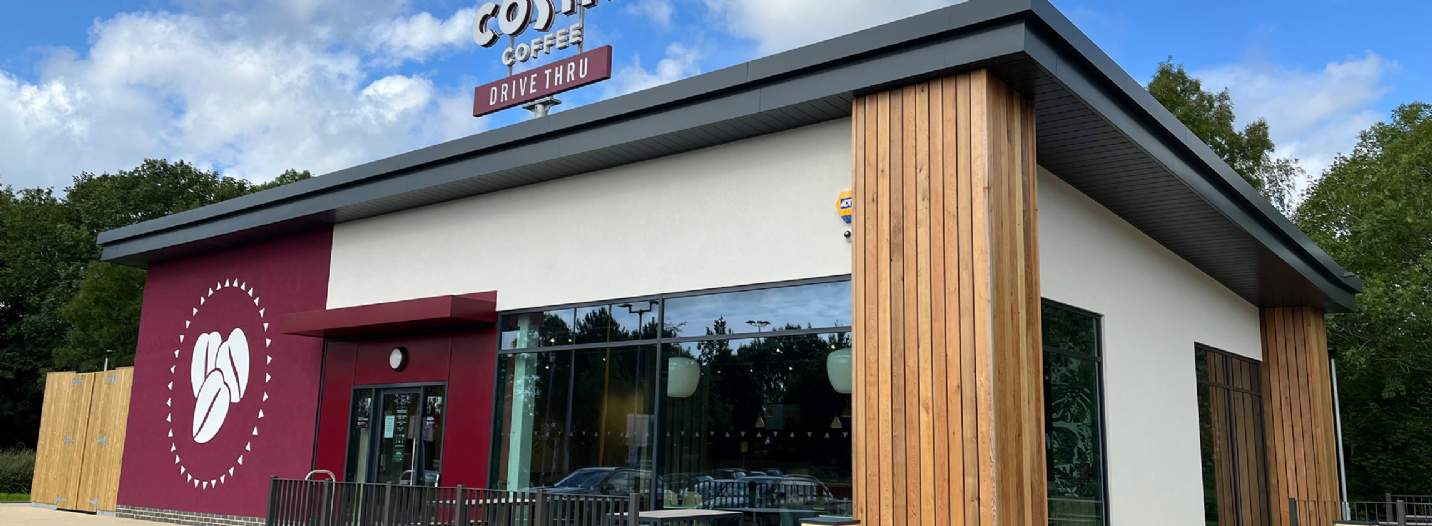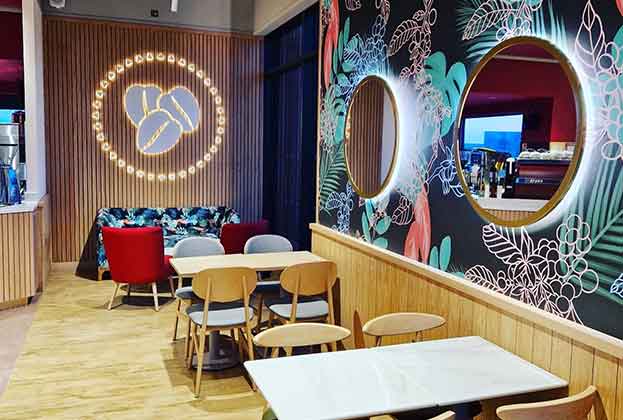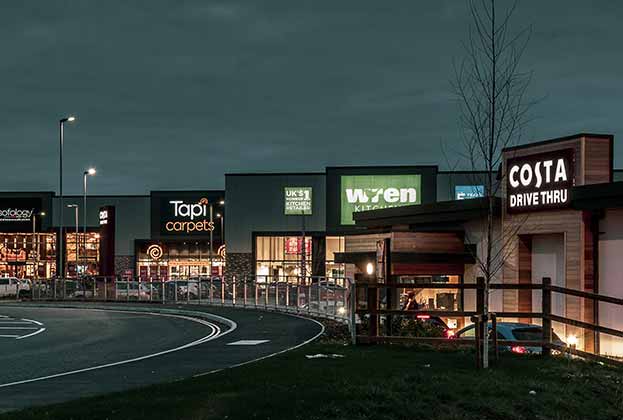With easing inflationary pressure positively impacting the direction of consumer confidence, the retail market has seen the disparity between the volume of products sold and the value of retail sales begin to retract
UK retail consumer trends
In arguably the most significant financial challenge to the consumer since the global financial crisis (GFC), the cost of living increased sharply across the UK during 2021 and 2022. The annual rate of inflation reached 11.1% in October 2022 – the highest it had been in 41 years – before it subsequently started to ease.
More recently, the Consumer Prices Index (CPI) rose by 2.3% in the 12 months to April 2024, down from 3.2% in the 12 months to March. Inflation therefore continues to trend downwards; the latest figure represents a 0.9% improvement on the previous month and a 1.7% fall since the start of the year. As a result, inflation is back to where it was in the summer of 2021, albeit higher than the sub-1% seen in March of that year, a position it had enjoyed for each of the previous 12 months.
While the 2.3% figure was a significant fall from March’s 3.2%, moving inflation much closer to the Bank of England’s (BoE) 2% target, market forecasts had expected CPI to come in at 2.1%. The most recent fall was driven largely by slowing food price rises and steep falls in gas and electricity prices (due to the reduction in the Ofgem energy price cap). However, sticky services inflation suggests the BoE may delay even further a cut in interest rates currently expected for June, having raised them to a 15-year high of 5.25% in August 2023.
Speaking after May’s decision to keep interest rates at the current level, the Bank’s governor, Andrew Bailey, said he was ‘optimistic that things are moving in the right direction‘. However, he has since said a June interest rate cut was being considered but not a ‘fait accompli’.
The most recent YoY retail sales figures from the ONS saw values grow 4.3% in April on a rolling 12-month basis, while sales by volume shrank -1.5% over the same period
Sam Arrowsmith, Director, Commercial Research
Nevertheless, despite inflation still running higher than the BoE’s target of 2%, the direction of travel is clear, which is undoubtedly a positive result for the UK consumer. As a result, we have seen continued improvement in consumer confidence.
Currently, the GfK index stands at -23.6 on a rolling 12-month basis, below the -15.1 average of the last two decades but 3.6 points higher than the start of the year and an 18.5 point improvement on April last year, the lowest point the index has fallen in the last 20 years (Figure 1).
With easing inflationary pressure positively impacting the direction of consumer confidence, we have also seen the disparity between the volume of products sold and the value of retail sales begin to retract. June 2022 marked the point at which consumers began spending more but buying less; retail sales by volume entered negative growth territory and have remained there ever since, despite year-on-year (YoY) sales by value continuing to grow (Figure 1). The most recent YoY retail sales figures from the ONS saw values grow 4.3% in April on a rolling 12-month basis, while sales by volume shrank -1.5% over the same period (Figure 1). Positive sales growth alongside negative growth in volumes, therefore, still remains, which ultimately means consumers are getting less value for money whilst, at the same time, retailer profit margins continue to depreciate.
Nevertheless, although still in negative territory, the most recent figure does mark a significant 440 basis points (bps) improvement on the most recent trough in retail volumes, seen in March last year (-5.9%). This suggests the market is very close to addressing the imbalance between the price of goods and how much that gets you as a consumer.
Read the articles within Spotlight: UK Retail Warehousing below.


